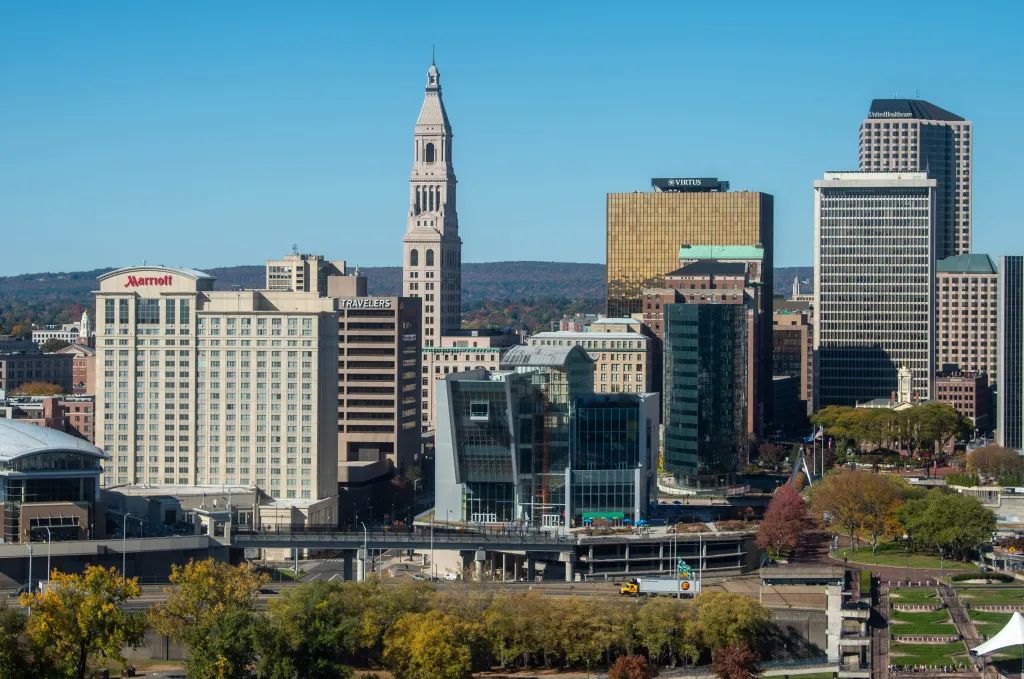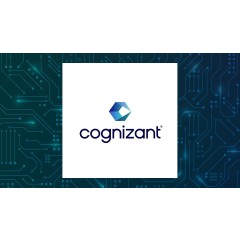
One Connecticut city got half of the money.
New Haven is the first of three Connecticut cities to emerge with a share of $100 million designated by the state to promote the expansion of next-generation technology in Connecticut that is expected to drive future economic development and job growth.
But a top state economic development official said that the two remaining cities — Hartford and Stamford — are still very much in the running, even though New Haven was approved for $50.5 million — half of the grant funding in the high-profile “Innovation Clusters” program.
“So this is a significant award, but it’s not exhaustive,” Daniel O’Keefe, the state’s commissioner of economic and community development, said. “There are three finalists, and we are still working with the other two. My hope and expectation is that ultimately, this is a rolling program, so we’ll make awards over time.”
New Haven’s grant — announced last week — will be used to build on its aspirations to become a major center for the life sciences industry and emerging quantum technology that is seen as dramatically changing the capabilities of computers and research.
Hartford is seeking funding to become a center of applied artificial intelligence, focused on testing new applications, developing an AI-ready workforce and working with businesses of all sizes. Stamford would also focus on AI but on a different segment: startup acceleration and technology programming centered on the fast-growing Connecticut industries, including fintech, artificial intelligence and cybersecurity.
O’Keefe said the projects on the table are complicated, not only requiring public funding but the support and financial backing of corporations, nonprofits and educational institutions. The cluster program aims to form a partnership among all the participants.
“The point of innovation clusters is to focus on next generation technologies and how they might apply and impact our core industries,” O’Keefe said. “We want to use these types of awards, these types of programs to really bring people together.”
Hartford’s AI aspirations could cost as much as $90 million over five years, likely first beginning with temporary space and then a permanent location. The city has targeted the site of a long-abandoned, data center just east of Dunkin’ Park, the city’s minor league ballpark, for the permanent location. Demolition is expected to start this fall.
The Connecticut Center for Applied AI would become part of the larger, mixed-use, North Crossing development around the ballpark and is likely to include an adjacent hotel and parking garage.
“I think this is potentially the most transformative innovation project going on in the state right now,” Hartford Mayor Arunan Arulampalam said. “It’s really centered on the possibility for the creation of a workforce that is some of the most advanced in the country when it comes to AI and the technology around it.”
Arulampalam said the project has attracted the support of major corporate employers in the city, colleges and universities, and nonprofits.
“And because of that, we’ve gotten the eyes of the broader innovation community nationwide,” Arulampalam said.
Online giant Google, for instance, has said it would help Hartford’s AI center outfit itself with crucial, rapidly-evolving technology that could be worth millions of dollars over a three-year period.
Whatever the size of the state’s Innovation Cluster grant, Arulampalam said he is confident that he will be able assemble the financing needed for the project.
In New Haven, the five components for funding are:
–New Haven Innovation Center. $1.3 million will create a 4,500-square-foot “early start” activation space within the existing 101 College Street tower.
–QuantumCT. $10 million will support this non-profit that coordinates statewide efforts for advancing quantum computing and the testing that mirrors real-life uses. The nonprofit also brings together industries, colleges and universities and start-ups.
–Public Improvements. $17.5 million to pay for “pedestrian-first” streetscapes, stormwater management and “climate-resistant” mobility to support the development of “Parcel B.” Parcel B is a development tract just east of the 101 College Street tower that was created with the removal of the Route 34 expressway.
–Development “Gap” Financing.$14.5 million will help finance the development of a tower of at least 200,000 square feet on the city-owned Parcel B and a second tower of at least 277,000 square feet at 265 South Orange St. A building on the former New Haven Coliseum site, now known as “Square 10,” would be at least 277,000 square feet and be used for the life sciences industry.
–Bridge and promenade improvements. $4.2 million will create a “multi-modal” pedestrian corridor connecting Union Station to downtown and the Hill neighborhood. Designs are expected to include a a signature pedestrian are bridge and linear park and a pedestrian and bicycle promenade.
Kenneth R. Gosselin can be reached at kgosselin@courant.com.



